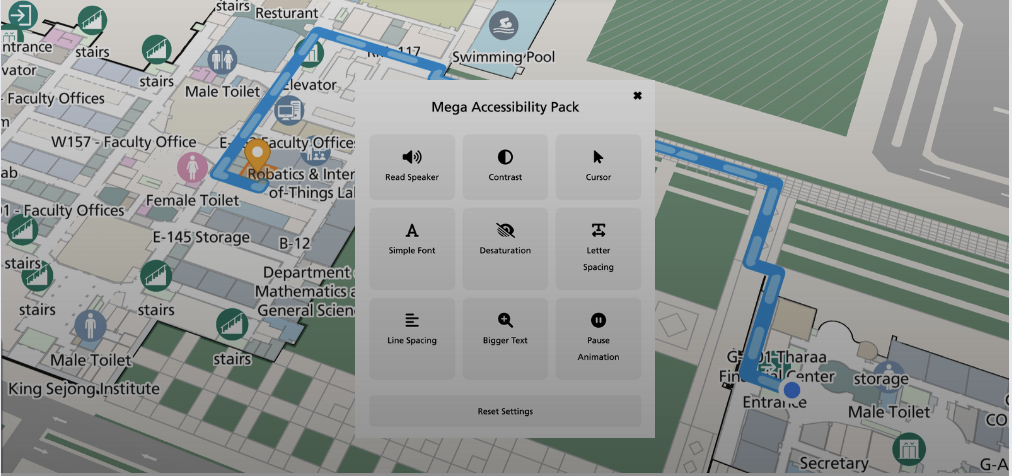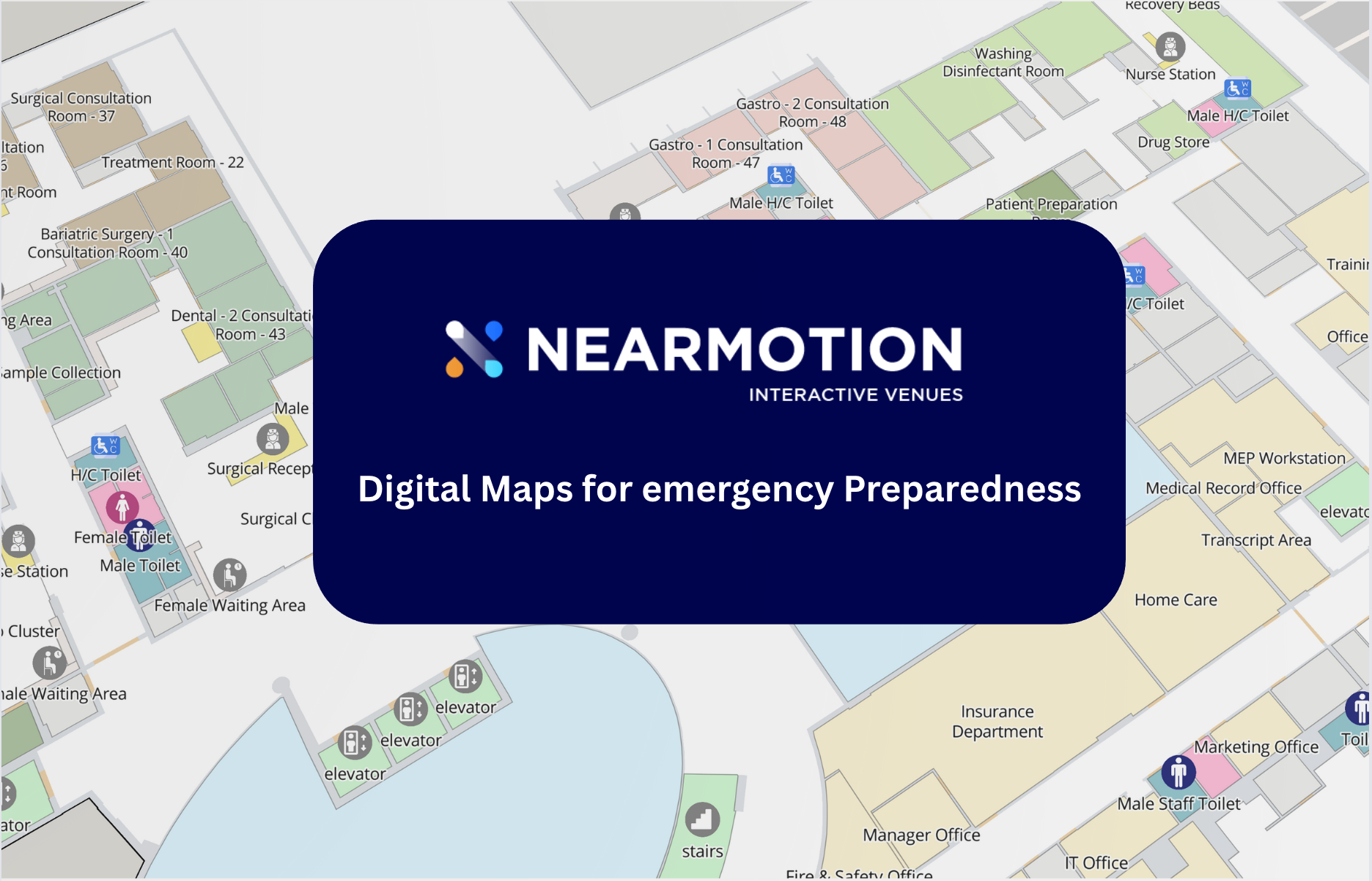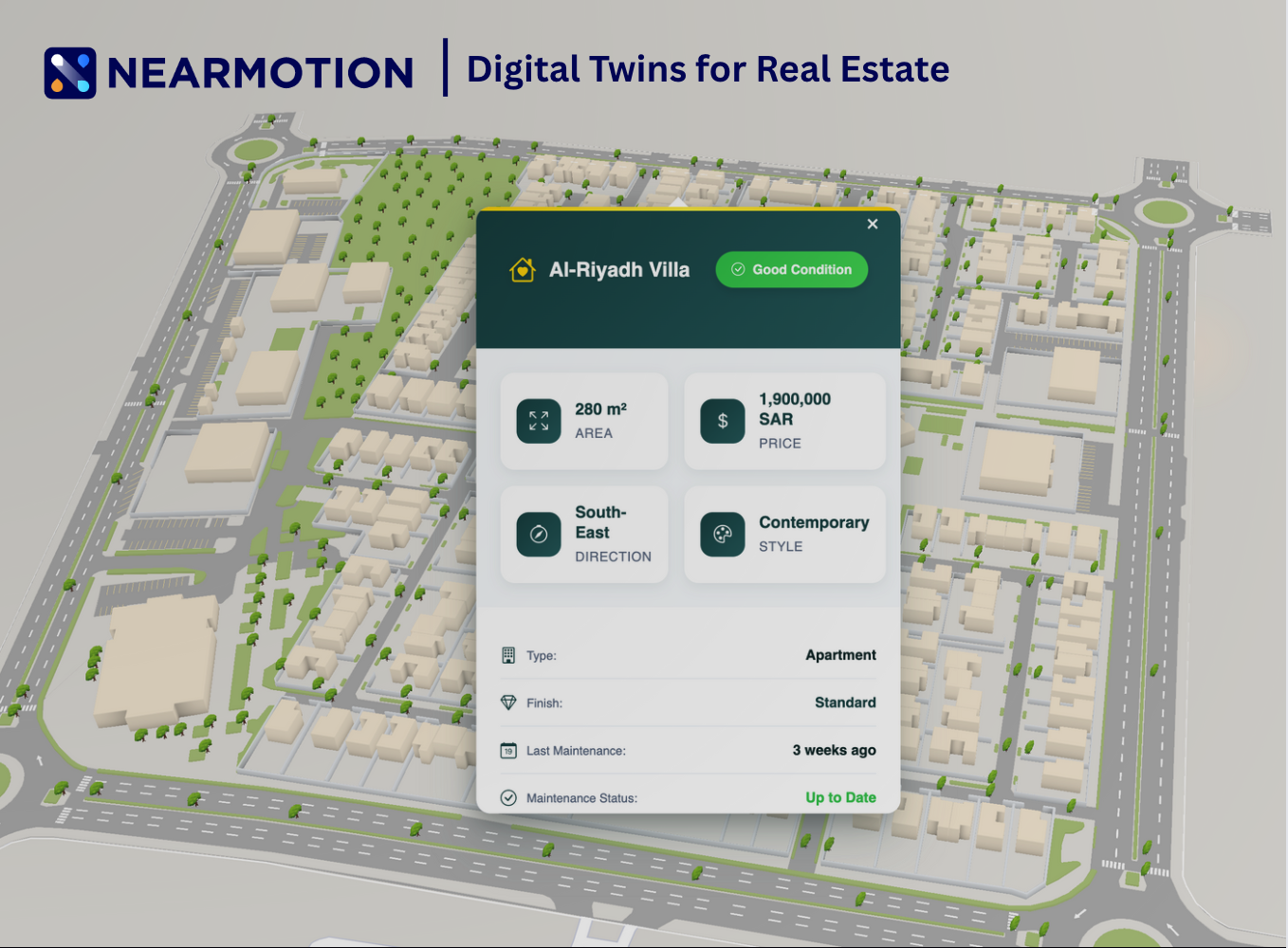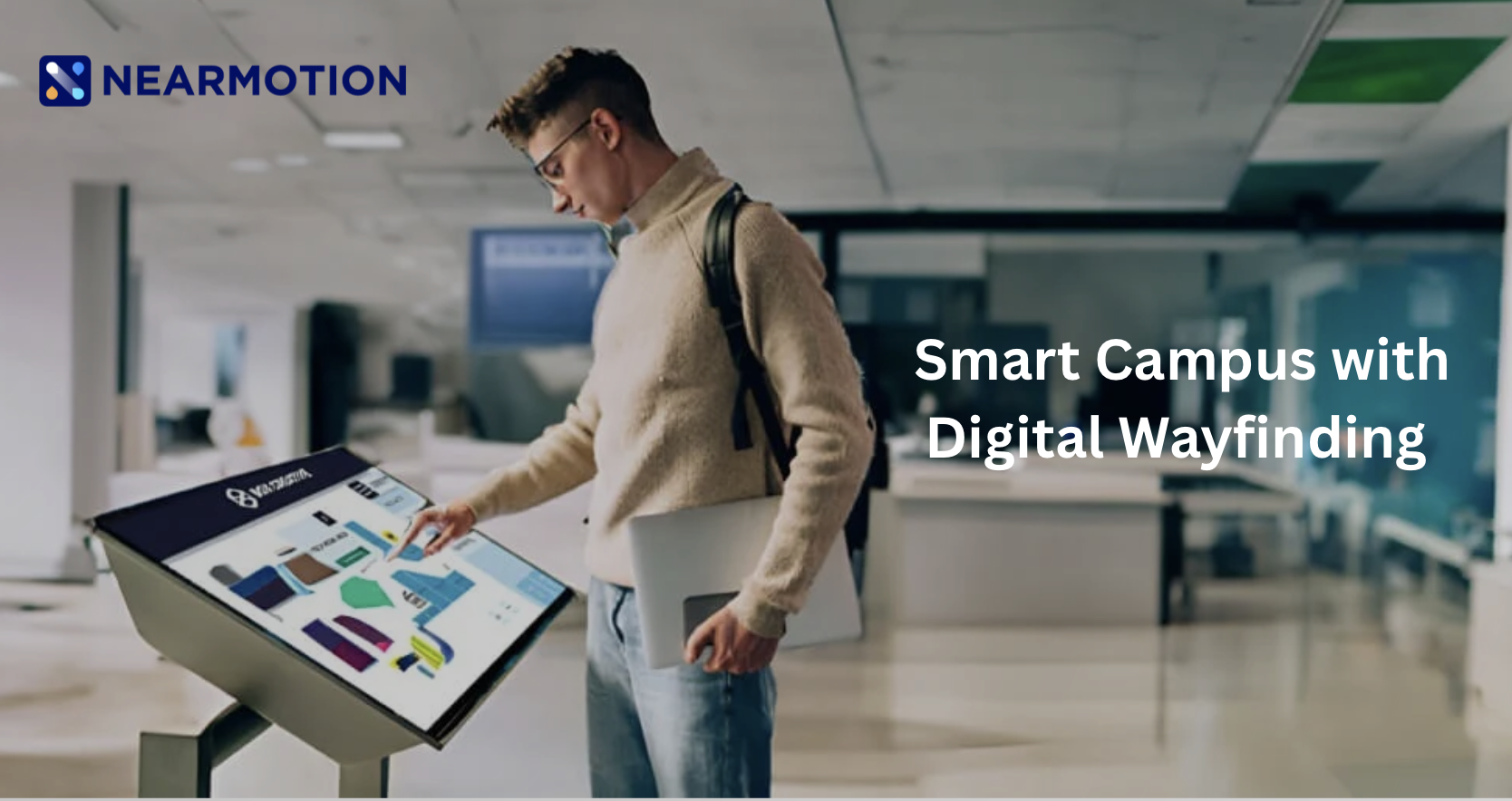Mapping Turning Obstacles into Open Paths

For generations, getting lost was simply part of the journey. In the concrete labyrinth of a mega-airport or the endless corridors of a hospital, we stood in front of static wall maps and hoped our guesswork was correct. For travelers with disabilities, that hope often bordered on risk. A broken elevator wasn’t an inconvenience, it was a full stop.
But the static map is fading. In its place emerges a new digital layer, alive, adaptive, and deeply aware of human needs. This is the era when maps stop being drawings and start becoming companions. Companies like Nearmotion are shaping this shift, turning flat floor plans into intelligent, responsive 3D environments.
The Voice That Sees for You
For the visually impaired, the challenge isn’t simply “Where is Gate B12?” The real question is: What stands between me and there? A line on a screen can’t describe the world. It can’t sense the help desk you’re about to pass or guide you around a construction barrier.
Spatial audio technology changes that equation. It becomes a sighted companion, whispering precise, step-level instructions powered by high-accuracy indoor positioning.
“Walk forward twenty steps. The information desk is on your right.”
Combined with subtle haptic cues to signal turns, navigation becomes less about decoding a map and more about following a trustworthy guide. What was once a void becomes a walkable, predictable path.
The Wheelchair Protocol: When the Shortest Path Isn’t the Right One
For wheelchair users, the shortest route is frequently the most hostile: stairs, narrow turnstiles, inaccessible bridges, or the dreaded “elevator out of service” sign.
Intelligent wayfinding rewrites the logic of mobility. It replaces the traditional “shortest path” with “most accessible path,” prioritizing ramps, wide elevators, and navigable corridors.
Behind the scenes, venue managers can update map data instantly. If a lift goes down, the system reacts in real time, rerouting every user who depends on step-free travel before they encounter the obstacle.
The map stops being a picture and becomes a living system that protects the traveler from dead ends.
Augmented Reality for the Overwhelmed Mind
Airports are sensory minefields: bright screens, competing announcements, crowds moving in unpredictable waves. For travelers with autism, dementia, or severe anxiety, this overload makes navigation not just difficult, but emotionally draining.
Augmented Reality flips the script.
No more translating a 2D diagram into a 3D world. No more guessing which hallway the map is referring to.
Lift your phone and a clean, single arrow appears in your view, floating in the real environment and pointing exactly where you need to go.
Nearmotion’s hardware-free AR removes ambiguity entirely. In a space full of noise, it offers the quietest guidance imaginable: a single visual cue that says, follow me.
The Code Behind the Freedom
This seamless accessibility is not a lucky byproduct. It is engineered.
Modern Software Development Kits (SDKs) allow airline, hospital, and venue apps to embed:
- turn-by-turn accessible routing
- haptic and audio spatial guidance
- real-time rerouting
- AR overlays
- and full 3D indoor models
Accessibility is no longer an add-on. It is the architecture.
A Map That Finally Understands You
From a guiding voice, to a rerouted accessible path, to a floating AR arrow cutting through the chaos, the digital map is evolving into something human-centric. The environment now adapts to the traveler instead of the other way around.
The world is becoming navigable for everyone, not through bigger signs or more maps, but through smarter, invisible intelligence woven into our surroundings.
And for the first time, the only thing anyone needs to focus on is the destination.
Featured Success Stories
See how businesses like yours are leveraging Nearmotion to createimpactful indoor experiences.

Send Us a Message
Fill out the form below, and our team will get back to you shortly.


Find Your Perfect Solution
Ready to transform your retail space? NEARMOTION offers tailored solutions. Discuss with an expert or start building your map for free.








